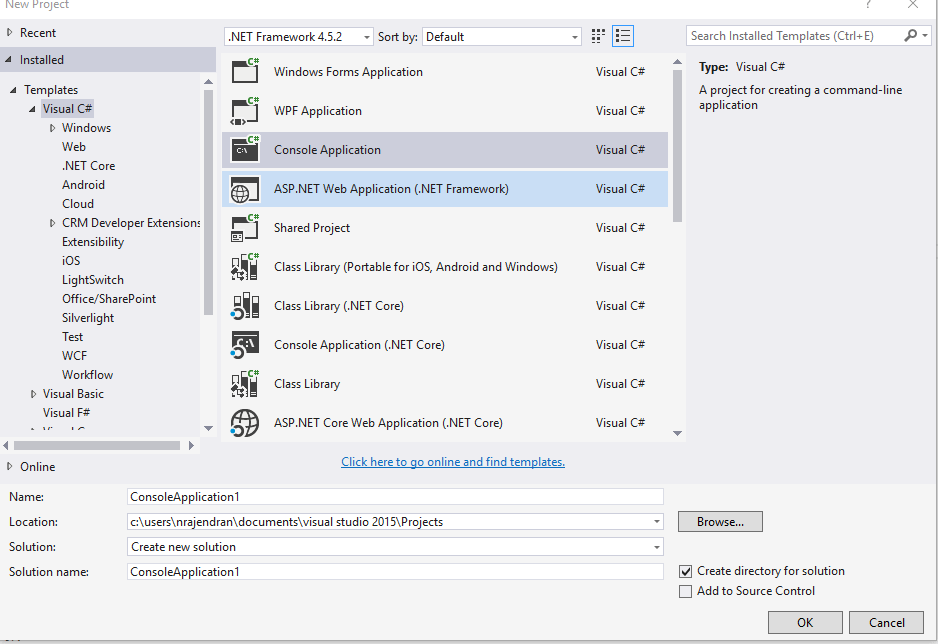

The cookies is used to store the user consent for the cookies in the category "Necessary".

This cookie is set by GDPR Cookie Consent plugin. The cookie is set by GDPR cookie consent to record the user consent for the cookies in the category "Functional". The cookie is used to store the user consent for the cookies in the category "Analytics". These cookies ensure basic functionalities and security features of the website, anonymously. Necessary cookies are absolutely essential for the website to function properly.
Iconsole application software#
Please Subscribeto the blog to get a notification on freshly published best practices and guidelines for software design and development. Please bookmark this page and share it with your friends. One can use Named HTTPClient or Typed HTTPCLient techniques to create HTTP request objects as needed. NET Core Console application for creating the HTTPClient request object.
Iconsole application how to#
In this article, we looked at how to use HTTPClientFactory in the. That’s all! Hope this article was helpful. Typed HTTPClient using HttpClientFactory in ASP.NET Core This is one of the most preferred and easy techniques to create type HTTP Client objects Named HTTPClient using IHttpClientFactory in ASP.NET Core but the same concept can be used for Console Application. You can use named HTTPClient if needed as discussed in the below article for ASP.NET Core. Var builder = Host.CreateDefaultBuilder().Build() Using Named HTTPClient Private readonly IBusinessLayer _business This instance can be used for invoking the required operations as shown below,īelow is the complete sample implementation, Lifetime management of injected HTTPClient instances will be done through the Service container itself. HTTPClientFactory will be available to use in every class/module in your console application as required. Once IHTTPClientFactory is registered, it can be injected from the Constructor of any class. Var myService = services.GetRequiredService() Var services = serviceScope.ServiceProvider ConfigureServices((hostContext, services) => Register HttpClientFactory in IoC Container using generic HostBuilder as below, Register HttpClientFactory in DI Container We shall be doing DI(Dependency Injection) in Console application using the generic HostBuildertechnique which we learned in our last article.įor References: Dependency Injection in Console application using the Generic HostBuilder Let’s look at the step by step to understand and create a Typed HTTPClient approach where we shall be creating typed HTTPClient using the IHTTPClientFactory interface. In our previous article, we already also looked at approaches to create HTTPClient requests in ASP.NET Core API. NET Core like Resource Exhaustion or Stale DNS problems. In our last article, we understood the HTTPClient and HTTPClientFactory and also learned best practices to use HTTPClientFactory to create an HTTPClient object which addresses the known issues of HTTPClient request in the traditional way in. In today’s post, we will see how to use HTTPClientFactory in a.


 0 kommentar(er)
0 kommentar(er)
